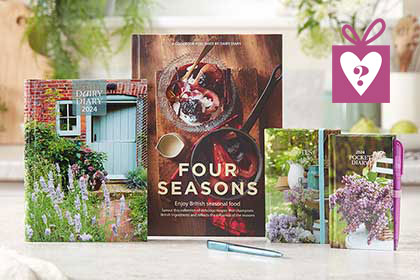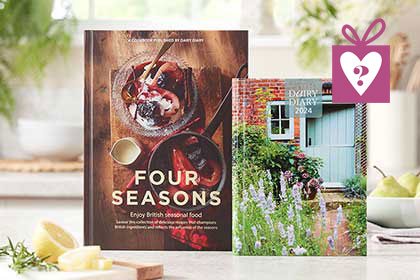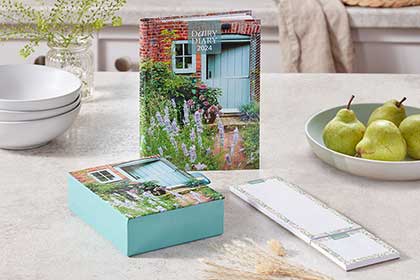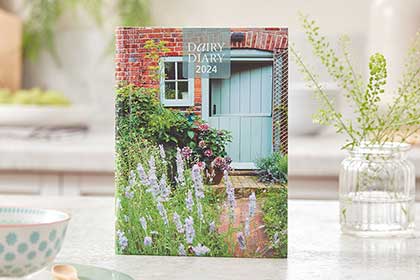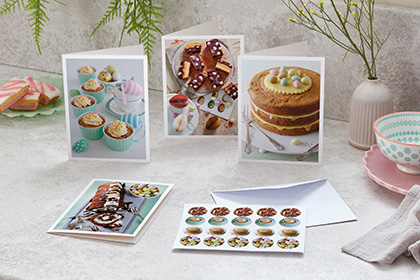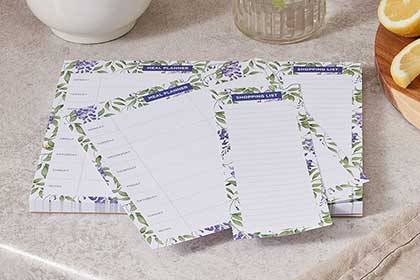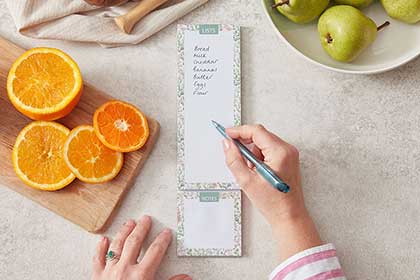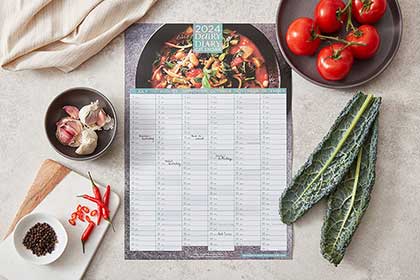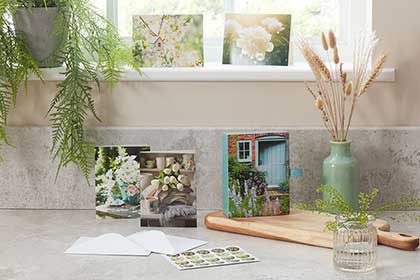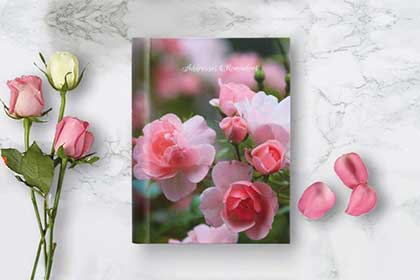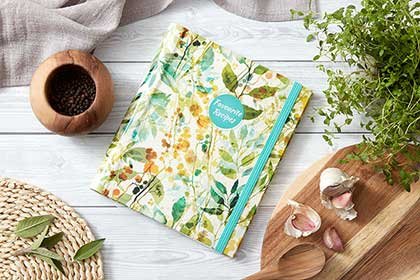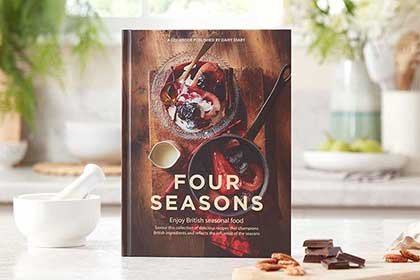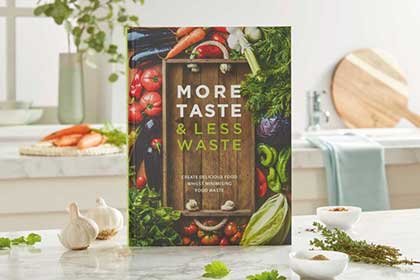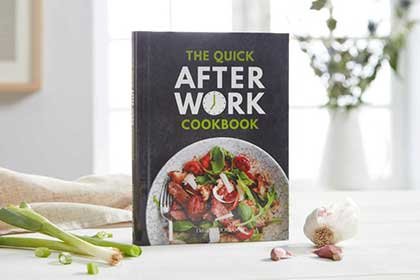Who knew that you could make a dye from avocado stones?
I certainly didn’t until a feature in the Dairy Diary educated me on the subject of creating your own natural dyes.
Natural dyeing is back in fashion thanks to growing environmental concerns. Making your own colours at home with things you already have in your own kitchen cupboard is rewarding and perfect for keeping occupied during lockdown.
What exactly is natural dyeing, you might ask?
It’s a valid question given that many people’s experience with DIY dyeing is limited to childhood tie-dye experiments in a bucket or the rainbow rows of machine-washable Dylon packets found at the supermarket.
As the name suggests, natural dyeing involves making coloured dyes from ingredients present in nature. Although a growing aversion to chemical products has put natural dyeing in the spotlight, the practice is actually an ancient one.
Before the invention of synthetic dyes in 1856, humans had been resourcefully brewing their own colours for hundreds of years.
These dyes were used to impart colour to household textiles and clothing.
Throughout history there are numerous examples of people dyeing fabrics using local foodstuffs, plants and spices, producing an array of dazzling colours. In Asia, saffron was used to produce yellow. Closer to home, red was created from a dye extracted from the common madder plant. Lichen was used for purple and at the height of the English wool trade, woad was used for a brilliant blue.
In industrial settings synthetic dyes are still used almost exclusively, but natural dyes continue to enjoy a quiet popularity among artists. As concern about industrial pollution grows, natural dyes are gaining appeal as a renewable resource with a low environmental footprint.
GETTING STARTED
Trying natural dyeing at home is easy and fun, and a great craft project to try with children during the school holidays. First, gather the materials you’ll use to make your colours. Refer to the list of common household ingredients and the colours they produce (see below) for inspiration. Some substances provide an unexpected surprise – who would have guessed avocado stones would produce such a gentle shade of rose?
MATERIALS AND TOOLS
When selecting items to dye, choose your fabrics carefully. Synthetic fabrics, such as nylon and polyester, cannot be dyed using natural dyeing methods. Stick to cotton, wool, silk or older linen (which will take the dye better than new).
Some plant dyes need a ‘mordant’ to make their colour last, while others (such as avocado stones and tea) contain natural tannins that help bond the colour to the fabric. The most widely available mordant is soya milk. Soak your fabric in the diluted milk a few days before you wish to dye it, then wash in the machine, air-dry and repeat the process twice more for best results. Plant dyes which require pre-mordanted fabric include onion skins and turmeric.
Experiment with different foods and plants to see which colours you can create. Once you start, you’ll begin to see potential dyeing projects all around you – in kitchen scraps, unloved weeds, flowers, the tea cupboard… When it comes to natural dyes, the joy is in the experimentation.
A rainbow of colours
Dye substance Colour produced
Avocado skins/stones Pale pink
Black beans Blue
Blackcurrants Purple
Brown onion skins Orange
Coffee grounds Brown
Daffodil heads Yellow
Walnuts Pale Pink
Hibiscus flowers Red
Red onion skins Yellow
Rooibos tea Peachy orange
Stinging nettles Green
Turmeric Yellow
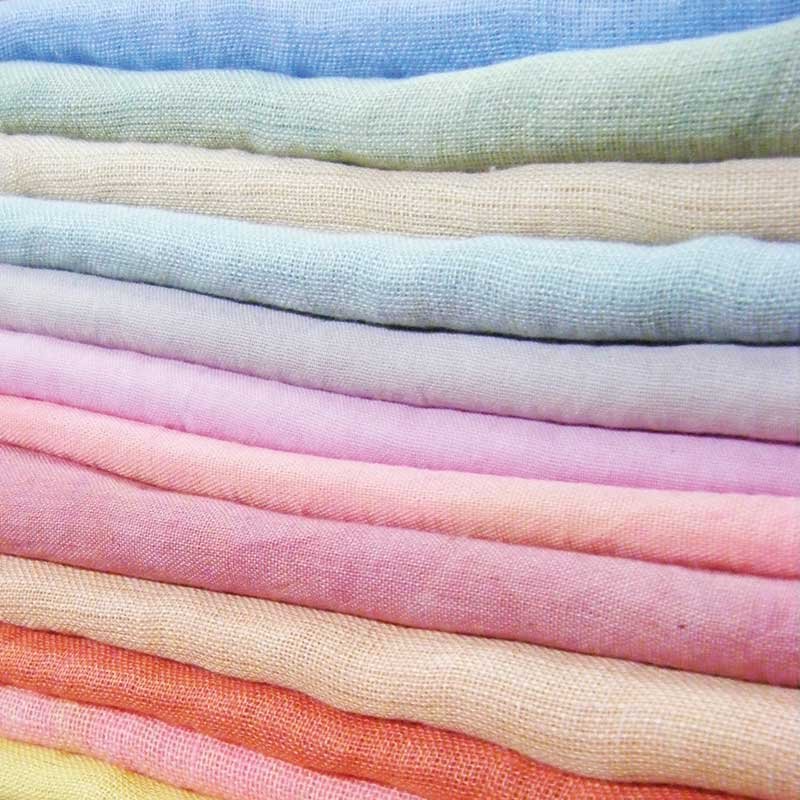
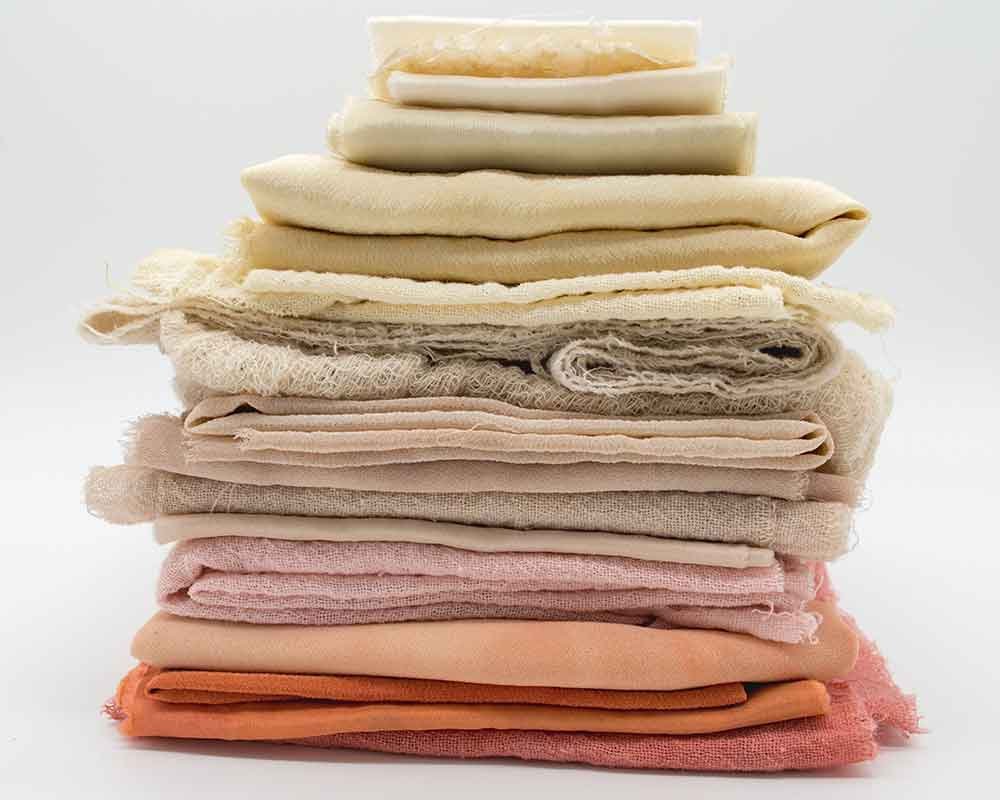
DIY plant-dyes tea towel
Makes enough dye to colour 3-5 tea towels
You will need:
Rubber gloves
Large, deep saucepan or pot
Water
4-6 avocado stones
Heatproof tongs or ladle
100% cotton or linen tea towels
- Put on the rubber gloves. Fill the pan or pot with water until two-thirds full.
- Add the avocado stones. Bring the water to a rolling boil, then reduce to a simmer.
- Simmer the water for 30-60 minutes until it turns bright red.
- Remove the stones with tongs or a ladle, then add the tea towels, keeping the liquid gently simmering.
- After 15-20 minutes, the tea towels should be a light, peachy shade of pink. Soak for a longer period to achieve a deeper shade of pink.
- When the tea towels reach the desired colour, use tongs to remove them from the pot. Rinse in warm water, then hang to dry out of direct sunlight.
- To preserve the colour of your tea towel, wash on a cold wash after use and do not dry in direct sunlight.
TIP Repurpose old textiles to make your tea towels. Try tired, white duvet covers or pillowcases.

Head of Dairy Diary; I’m passionate about producing high quality products that our customers will cherish. I’m also a mum of three and I enjoy cooking, walking, gardening and art with my family, as well as lino printing (if I find time!)

